Dry-flower production
Dry-flower production
Why dry flowers?
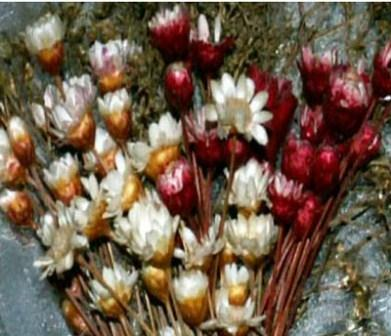

- Dry flowers have good demand both in Indian and international markets. From India it is being exported to countries like USA, Japan and Europe.
- India stands first in dry flower export owing to the availability of variety of plants.
- Dry flowers don’t mean only flower parts, but also includes dried shoots, seeds, barks etc.
- Export of dried flowers and plants from India is about Rs 100 crore per year. The industry exports 500 varieties of flowers to 20 countries.
- They are widely used to make handmade paper, lampshades, candle holders, jute bags, photo frames, boxes, books, wall quilts, topiary, cards and several gifts. The use of dry flowers in the making of these products enhances the appearance and beauty of these products.
Techniques in dry flower making
Dry flower production involves two imporatant steps.- Drying
- Dyeing
Drying
Flowers should be cut in the morning hours after the dew has evaporated from the plants. Once cut, group stems into bunch using rubber bands and remove them from the sunlight as soon as possible.
Sun drying
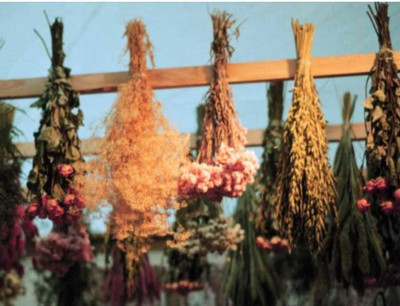
Sun drying is the easy and cheap method. But during rainy days we can’t dry flowers in this method.
- The flower bunches are hanged upside down in ropes or in bamboo splits
- No chemicals are used. Good aeration is must.
- Chances of fungal attack is very high in this method
Freeze drying
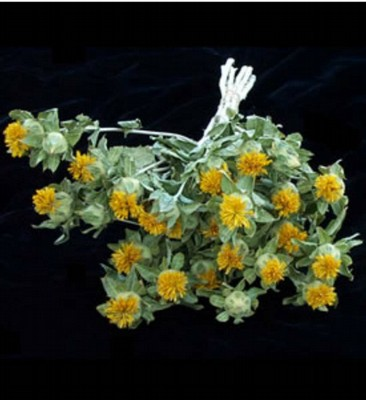
- The freeze drying equipments are costlier. But the quality of the dried flower is very high and fetches good price
- It is improved method over sun drying
Pressing
- Either blotting paper or ordinary papers are used.
- The flowers will become flat and there is chance of higher amount of damage to the flowers.
Glycerin method
- Glycerin is filled after removing the moisture from the flowers
- Very high quality products are obtained in this method
Polyset polymer
- By spraying polyset polymer flowers get dried.
- Drying time is very less in this method
- It improves the color of the final product
Silica driers
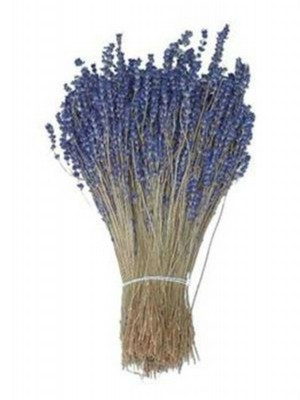
- Using Silica or Silica gel, we can improve the quality of flowers and it makes the flowers intact.
- Very delicate flowers and plants are dried in this method
Dyeing
- “Procion” type colour is best for dry flowers.
- Take 4 kg of dye-powder and mix with 20 litres of water.
- Dilute this solution in 800 litres of hot water.
- Mix 2 litres of acetic acid.
- For very soft flowers add Magnesium Chloride to enhance the color.
- Soak the dried flowers until they absorb the colour .
Commercial dry flower products
Flowers and parts of plants
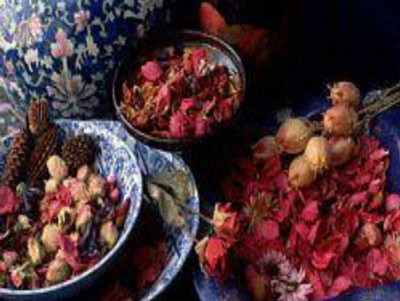
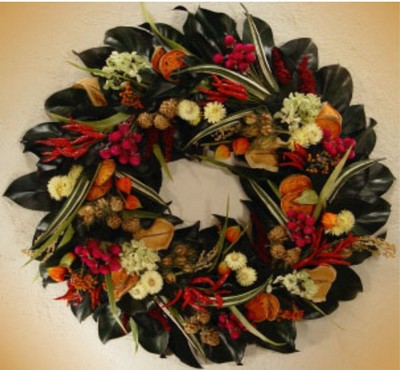
- Cock’s comb, jasmine, Amaranthus, Areca and Coconut leaves and cut flowers come in this category. Also includes dry leaves and shoots used as fillers.
- Past 20 years India is exporting these type of materials
Potpourri
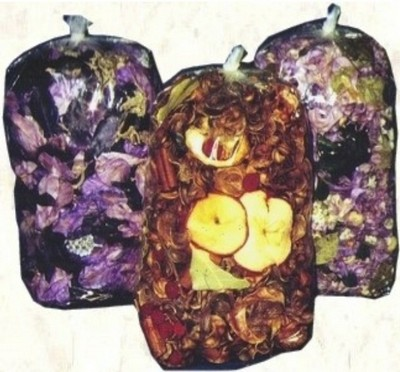
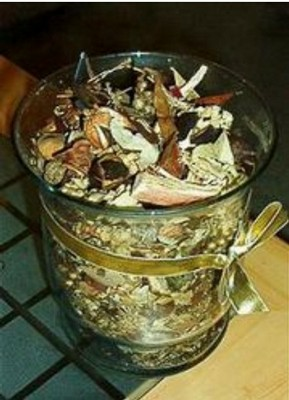
- It is mixture of scented loose dry flowers kept in a polythene bag.
- Normally kept in almyrahs, drawers and bathrooms.
- More than 300 types of plants used in this method.
- Bachelor’s button, Cock’s comb, jasmine, rose petals, Bougainvillea flowers, neem leaves and nuts from the fruits are commonly used in India to make Potpourri.
- Our main customer is England.

Dry flower pots
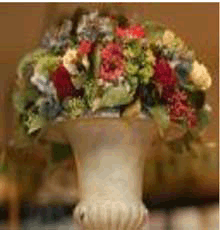
- Dry stems and shoots are used.
- Though it has less market demand, the gives good price and mostly preferred by high income group.
- The commonly used materials are dried cotton skins, pine flowers, dry chillies, dry bottle gourd, grass, tree jasmine, everlasting flower, asparagus leaves, fern leaves, tree barks and twigs.
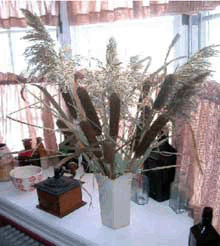
Dry flower handicrafts
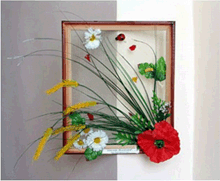
- The latest development in dry flower market.
- Framed dry flower pictures, greeting cards, covers, bouquets, candle stands, glass bowls are made using different colored dry flower materials.
Source: Dr. R. Swarnapriya and Dr. M. Jayasekar, HRS (TNAU), Pechiparai, Tamil Nadu
Related resources
Last Modified : 2/25/2022
© C–DAC.All content appearing on the vikaspedia portal is through collaborative effort of vikaspedia and its partners.We encourage you to use and share the content in a respectful and fair manner. Please leave all source links intact and adhere to applicable copyright and intellectual property guidelines and laws.
RELATED ITEMS
